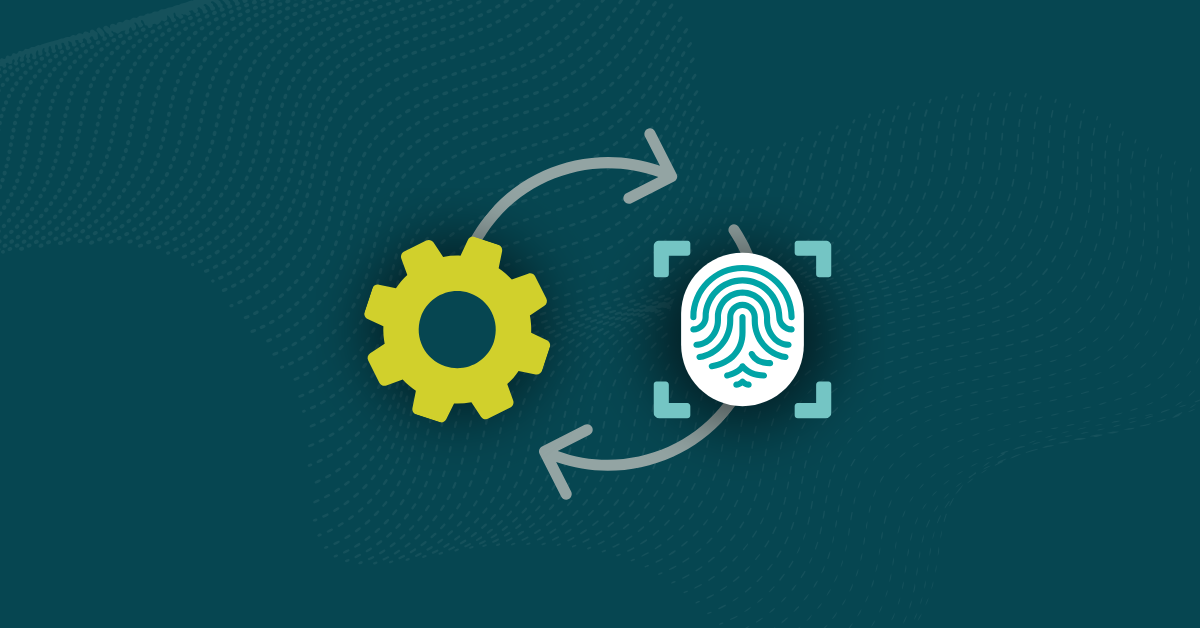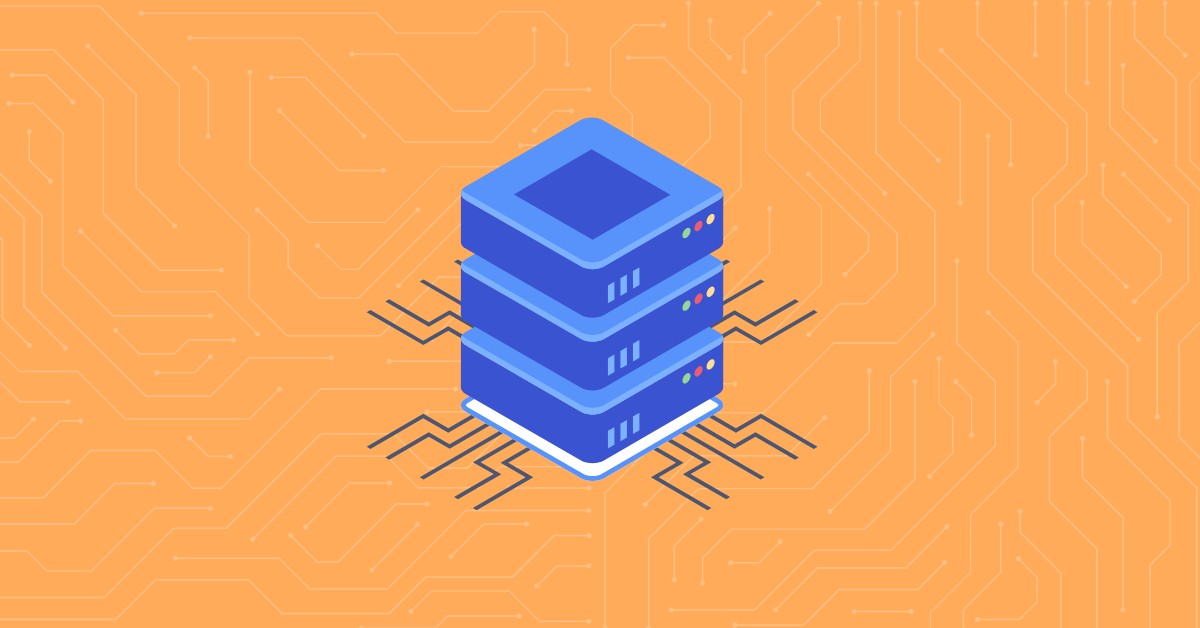

As a company’s applications and digital infrastructure grow in complexity, it will need a more methodological approach to management to maintain back-end functionality. Companies can benefit from visualizing their application architecture and its dependencies using an Application Inventory Management (AIM) solution for software applications that draw upon numerous data and computing resources.
AIM software is a powerful tool that provides insights and clarity surrounding a program’s structure and company-wide data flow. With an up-to-date inventory, companies can ensure licensing agreement compliance with optimal resource allocation and simplify application maintenance with minimal downtime.
Application inventory (AIM) can be thought of as the dynamic part of an app’s documentation. It details the application’s constantly changing use cases within the company, as well as user data and metadata and how they operate in relation to other legacy apps and infrastructure. Using AIM properly, an enterprise could interact smoothly and flexibly with its applications while maintaining a comprehensive overview of its operation conditions.
Most developers spend time mapping application structure and data flow. Maintenance and support can be incredibly time-consuming and challenging, especially when working with older legacy code. However, by planning for inventory management during the app’s development stages, developers would be allowed to make meaningful changes, remove obsolete functions and models, and address dependencies without having to worry about negatively affecting back-end application features.
Instead of manually managing app inventory, AIM automates the mapping and application flow tasks, executing them with machine speed and efficiency. This also enables it to generate intuitive and handy data flowcharts that developers can reference for future projects and updates. Programmers get to save time that can better be used by designing new features, developing more scalable application environments, building more robust security protocols, and maintaining back-end functionality.
One of the leading causes of unplanned and prolonged application downtime is a characterization or understanding of application control, as well as fundamental data flows. The more encompassing and diverse an application with its data sources, the more susceptible it is to downtime during environment migration, system updates, or high traffic in a specific part of the network.
During emergencies and unplanned downtime, developers would be tasked with rapidly assessing an application’s data flow to identify the source of the problem. While error messages and reports can help point out the general issue or its location, referring to a data flow map can help developers more easily pinpoint the missing functions or faulty data as quickly and efficiently as possible.
AIM automatically builds up a map of all the critical information over time, allowing developers with any experience working with a particular program to address the reason for its downtime. Additionally, the insight-driven efficiency enabled by AIM allows them to operate smoothly, install updates, and instantiate your applications quickly.
Eliminating security vulnerabilities and inefficiencies in applications requires continuous effort from developers. This work typically starts at the early stages of data sourcing and app development, when the source code is checked for exploitable weaknesses and bugs.
For most data-reliant applications, vulnerabilities arise when calls for sensitive data aren’t encrypted or not vetted for caller authorization. Another source of dangerous vulnerabilities is lingering obsolete functions and modules. Any chunk of code that is no longer used may sustain access to sensitive data.
DevOps tools like Kiuwan, PreEmptive, and Ranorex help developers address their application’s security needs at different points during development. Identifying vulnerabilities in the source code allows developers to build for security from the ground up, minimizing the burden on future security and patch updates.
Obsolete code can quickly bloat software, making it more complicated for most computing resources. Using an AIM solution, developers can automate obsolescence analysis to identify the unused functions, methods, and modules that must be removed in the next security update.
Adding an AIM solution to the DevOps plan lets developers create an exhaustive map of data and program flows. It identifies all data flow points, storage locations and methods, encryption protocols, and lingering obsolete code not used by your application’s current version, giving developers a complete picture of security risks and vulnerabilities and an intuitive interface to address them efficiently.
While manual application inventory management is sufficient for smaller or experimental operations, the need for a real-time AIM solution is increasingly critical as a business scales. Businesses must switch to treating their apps’ inventories as “stock levels” in a warehouse, considering how many apps they have, their functions, and how they interact with other elements in the system. AIM takes the guesswork out of the equation, opting instead for a knowledge-based alternative that’s updated in real-time.
The use of AIM is not limited to large corporations with abundant resources. Whether it’s free inventory management or paid plans, AIM brings the same level of sophistication to application management that warehouse management software brings to physical inventories. It also helps with the similar risk of continuing to hold obsolete stock and identifying outdated chunks of code for removal to improve resource efficiency and app security.
The biggest unknown in application-based business decisions often revolves around minimizing potential downtime, costs, and overall impact on operations. Relying on empirical insights provided by up-to-date software and inventory analysis provides an approximate picture of the effects of a change proposal on your application.Optimizing application security decisions requires specialized software explicitly designed to identify software vulnerabilities and prioritize security from the ground up. Kiuwan is a powerful tool that provides developers with an end-to-end application security platform supporting more than 30 programming languages. Using Kiuwan’s Software Composition Analysis (SCA), developers can maintain a secure and compliant database when using proprietary or open-source software.


